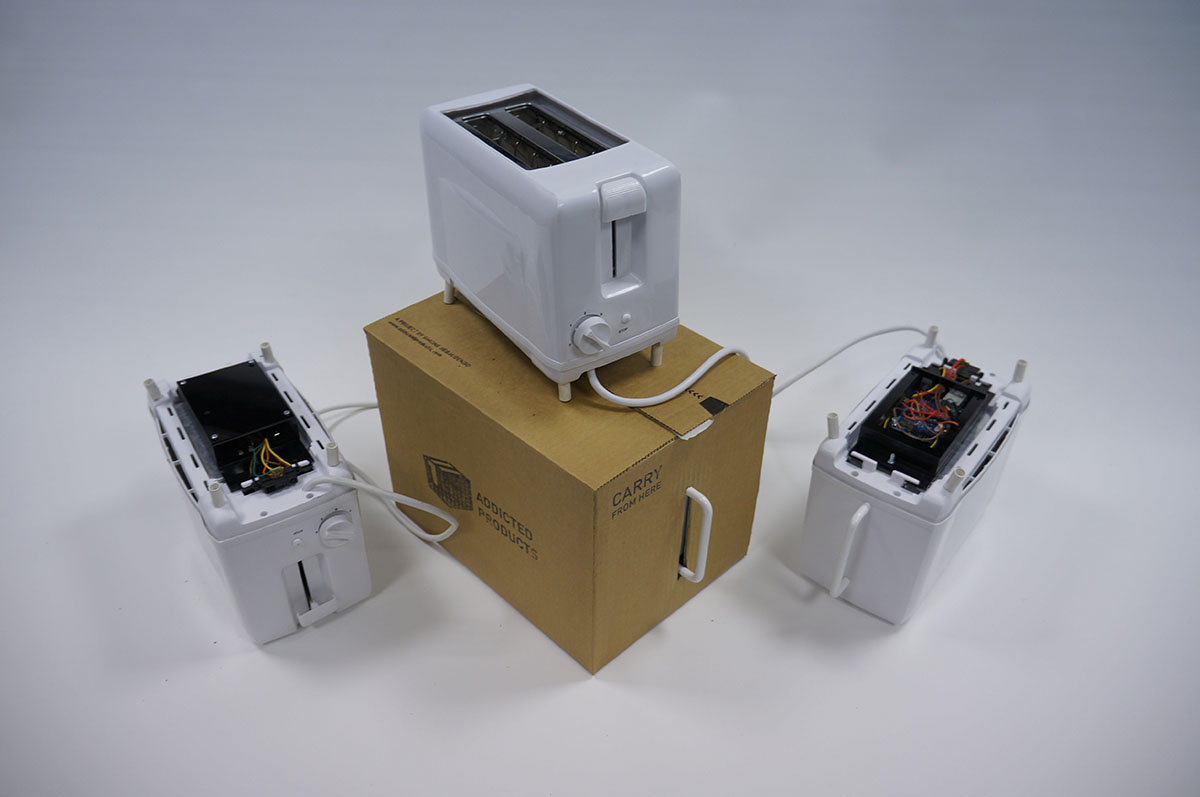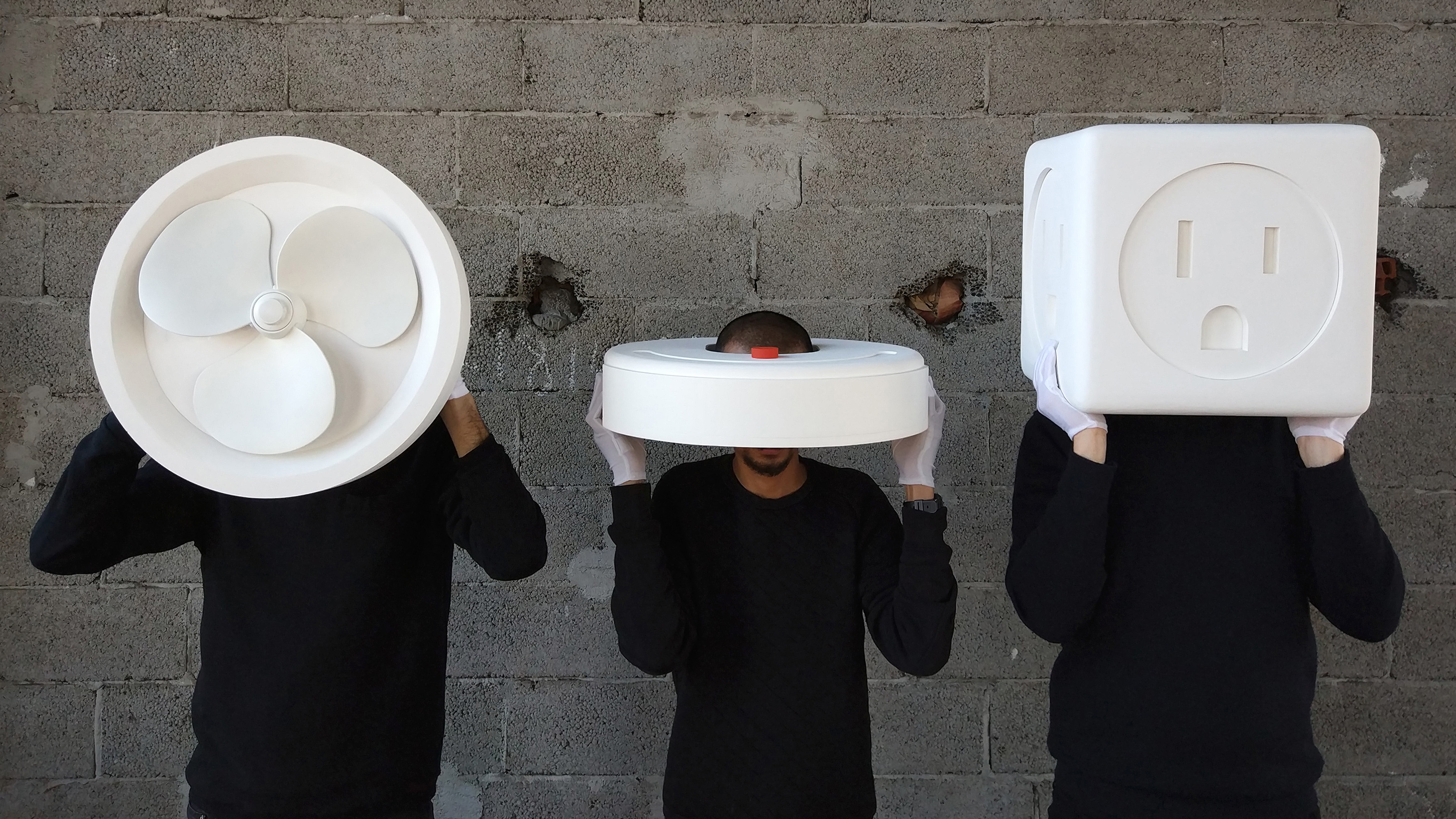Object Oriented Design
Prehension beyond human - Part 1
Brief: Design a digital & physical object that prehends its surroundings.
Team: Eda Erdal, Shiwen Shen (Svaney), Yiwei Han (David), Sylvester.
Last week we focused on a somatic view of humans. This time we have Tyler Fox as our guest lecturer, who introduced ‘prehension’ from an object’s scope.
Humans are not in the spotlight.
By discussing that non-human can ‘prehend’ their surroundings, Tyler acquainted object-oriented ontology, which implies that things can function independently without human representation and subjectiveness. OOO claims the independency of objects, and interferes traditional knowledge in the correlation of thought and being[^ooo]. It seems to relate to Don Haraway’s Cuthuhluscene and tentacular thinking, in which she argues that humans put themselves in the leading role of history, and arrogantly ignoring other species. Both of them tempts to flatten hierarchies and try to ‘pull humans out of the spotlight’, which particularly questions the ubiquity rules of ‘human-centred design’.
To think of a reality beyond our thinking is not nonsense but obligatory. (Vinokur, 2019)
Why Object-centred Design?
But is how these animism alike theories help designers rather than merely adding more complexity? I found Simone Rebaudengo and his studio automato.farm specialised in object-centred projects. In the Addicted Product project[2], Simone built toasters who would stay with the host if happy enough compared to others, complain through Twitter if under pressure, or find a new host by online searching if extremely dissatisfied. The conscious toasters assume that people do not own products, but instead only request their power. The other project Objective Realities[3] allows people to act as sweeping machines, plugs and fans and experience an object-centric life. The design hopes to arise new thinking of a fictional future home.


Although there are interesting projects, I found it difficult to interpret. One takeaway for me is the notion that not only humans are shaping reality, but the objects and the reality are shaping us. The examples use Speculative Design or ‘Design Fiction’ to evoke unexpected thoughts, and sometimes a hinted critique of commercialisation. Perhaps by indicating prehension and the nature of an object, designers can better shape human-object relationships.
No matter a cup can or can not think, it certainly can prehend.
Ideation
Serval ideas came up in the initial meeting:
- Ballon communication
- Tulip’s migration from Turkey to the Netherlands
- Printers connected through the internet
- Tidal effect between the moon and environment Since Eda was in Turkey, we tried to build a physical and digital object to involve long-distance interaction, making our ideas lean to communication than prehension. John’s advice made us rethink how the ballon sense inner and outer pressure, or how a paper sense the printer as its space. Flower prehending cultural context seems an unusual and complicated topic.
In the next post, we will start manipulating a cyber-rose.
Cover photo: An abandonded computer in Old Kent Road. 3/11/2020. ©sylvesterlau.
- Vinokur, T. (2019). What is Object-Oriented Ontology? YouTube. Available at: https://www.youtube.com/watch?v=XmVioco_hE0 [Accessed 10 Feb. 2021].
- http://www.simonerebaudengo.com/project/addictedproducts
- http://www.simonerebaudengo.com/project/objectiverealities